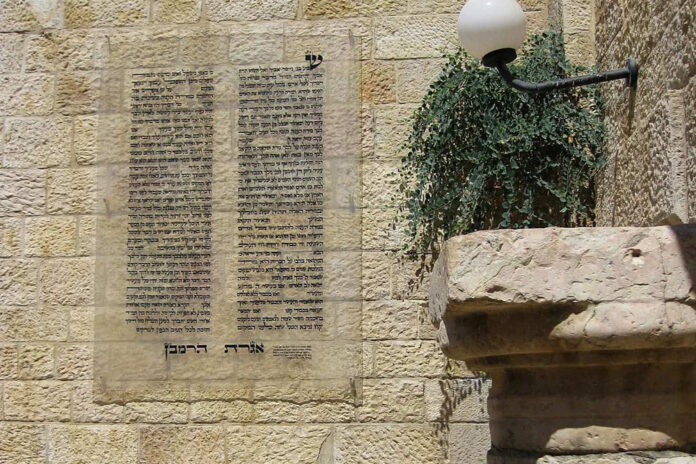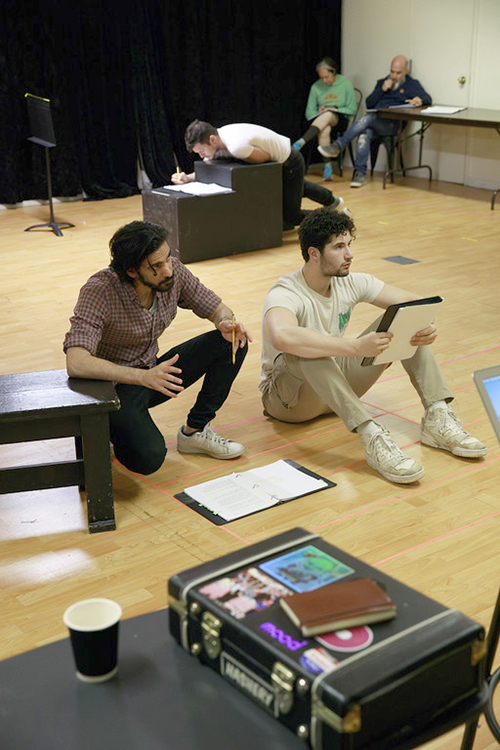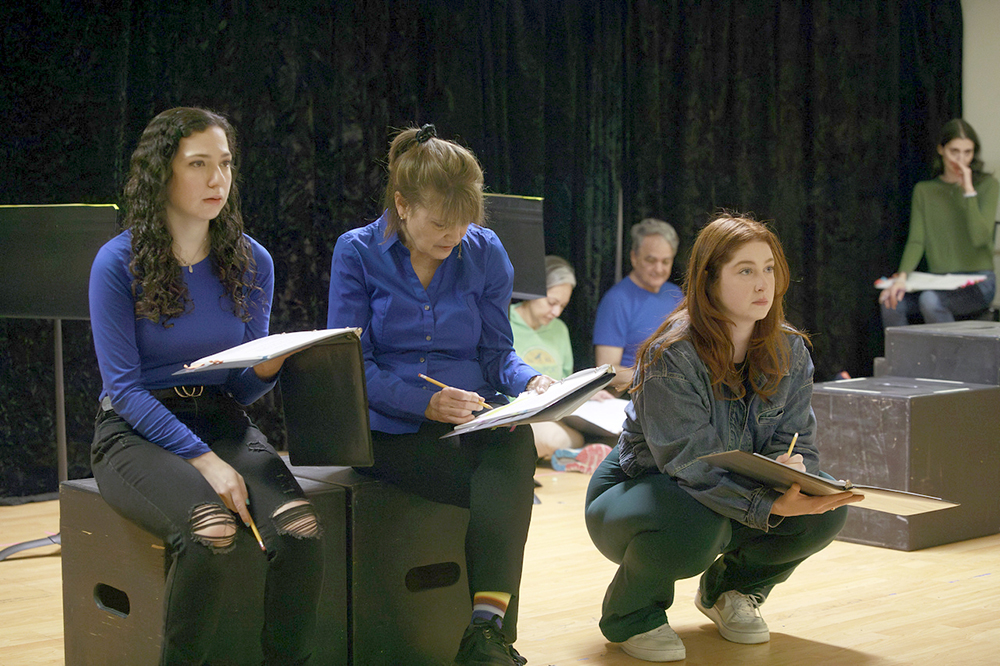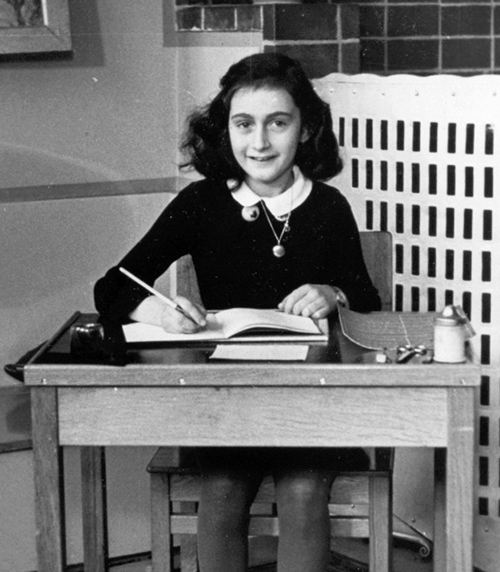In the absence of order, mutual respect turns to suspicion of the other.
By: Rabbi Uri Pilichowski
The stages of anti-Semitic persecution have manifested themselves differently throughout Jewish history, but all followed similar patterns. These patterns are easily discernible, especially in retrospect. After a mass-casualty anti-Semitic event, it’s all too easy to look back at what led up to the crusade, pogrom or holocaust, and trace how events developed from minor hate to major persecution. For Jews to survive the next round of anti-Semitic persecution, however, they need to be able to discern the pattern at its earliest stages.
The 12th-century Jewish philosopher Nachmanides explained the biblical verses that told of the Egyptian Pharoah’s diabolical plan for the Jewish people: “The Israelites are much too numerous for us. Let us deal shrewdly with them, so that they may not increase; otherwise, in the event of war, they may join our enemies in fighting against us and rise from the ground.”
He continued, saying “Pharaoh said he would persecute the Jews wisely so that the Israelites would not feel it. Pharoah placed a tax upon them, as it was customary that strangers in a country contribute a levy to the king. Afterwards, he secretly commanded the midwives to kill the male newborns. Following that, he charged all his people to drown all Jewish babies into the river. Once Pharaoh’s plan was being carried out, the Egyptians would search the houses, entering them at night, and would kill the children.”
Anti-Semitic events and haters seem to follow the pattern outlined by Nachmanides.
Still, most people in the world witnessing early acts of hate aren’t aware that they are seeing an age-old pattern re-enacting itself. Whether it was blood libels that led to pogroms or the Nuremberg Laws that led to the Holocaust, anti-Semitism has always started with more innocuous acts of hate that can easily be brushed off as not too worrisome. During these early stages, it is easy for Jews to convince themselves that there’s no cause for concern.
After the Holocaust, Jews and a good number of non-Jews promised “Never Again.” While many in the world are on the constant lookout for signs that could foretell the next Holocaust, many seek the wrong signs. Instead of early stages of hate, they have their eyes on tyrannical dictators like Adolph Hitler, ghettos like Lodz or concentration camps like Auschwitz. Anti-Semitic mass events rarely replicate themselves exactly; if they did, they’d be easily detected and stopped. Antisemitism follows the same method in the form of early stages and patterns, though it’s never seen in the exact same acts.
It is unlikely that there will ever be an anti-Semitic event exactly like the Nazi German Holocaust. The majority of Jews in Eastern Europe didn’t perceive the problem and assumed that things would get better—or at least, not worse. For the generations following the Holocaust, it is incumbent upon Jews to have the foresight to be able to perceive larger problems to come. The way to do so is to recognize minor acts of hate as the harbingers of larger acts. Short of prophecy or supernatural clairvoyance, there is no sure-fire way of knowing that minor anti-Semitism will turn into major issues, but discernible events that have repeated themselves should cause concern.
The creation of chaos is the first of these signs. What seems like anarchy or rule-breaking is actually a well-thought-out strategy of creating an atmosphere that suspends rational thought and allows hate to thrive. In the absence of order, mutual respect turns to suspicion of the other, and eventually, hate. A second sign is the intellectual class creating justifications for anti-Semitism that disguise themselves as concern for the larger society. A third is the use of media to distort reality and further the narrative of justified chaos and hate. Lastly, division is sown between the non-Jewish society and the Jewish community through the use of false accusations and slander. And gaslighting is used to shield the accusers from charges of fabricating a narrative.
It is important to note that some Jews have always taken the side of anti-Semites, and non-Jews have taken the side of Jews. Often, these two phenomena are used to try to allay fears that anti-Semitism is growing; they should be more a cause for concern than a reason for calm.
Today’s college activities have employed all the classic vehicles of early-stage anti-Semitism. Protesters have sown chaos; they are part of America’s intellectual class and have used their place in society to justify their hate. Protesters have used media, including television, radio, the Internet and social media to spread their message. They sow division by not allowing Jews into their camps and blocking them from the campus. Lastly, they’ve gaslit those who accuse them of anti-Semitism by claiming that they don’t hate Jews. They’re merely standing against the “genocide” in Gaza. They are anti-Zionist, not anti-Semitic.
A careful study of Jewish history and anti-Semitism demonstrates a major cause for concern today. American Jewry must recognize the problem and take steps to stop these early stages from growing. We cannot ignore the situation and hope it simply goes away.
(JNS.org)
Rabbi Uri Pilichowski is a senior educator at numerous educational institutions. The author of three books, he teaches Torah, Zionism and Israel studies around the world.








































